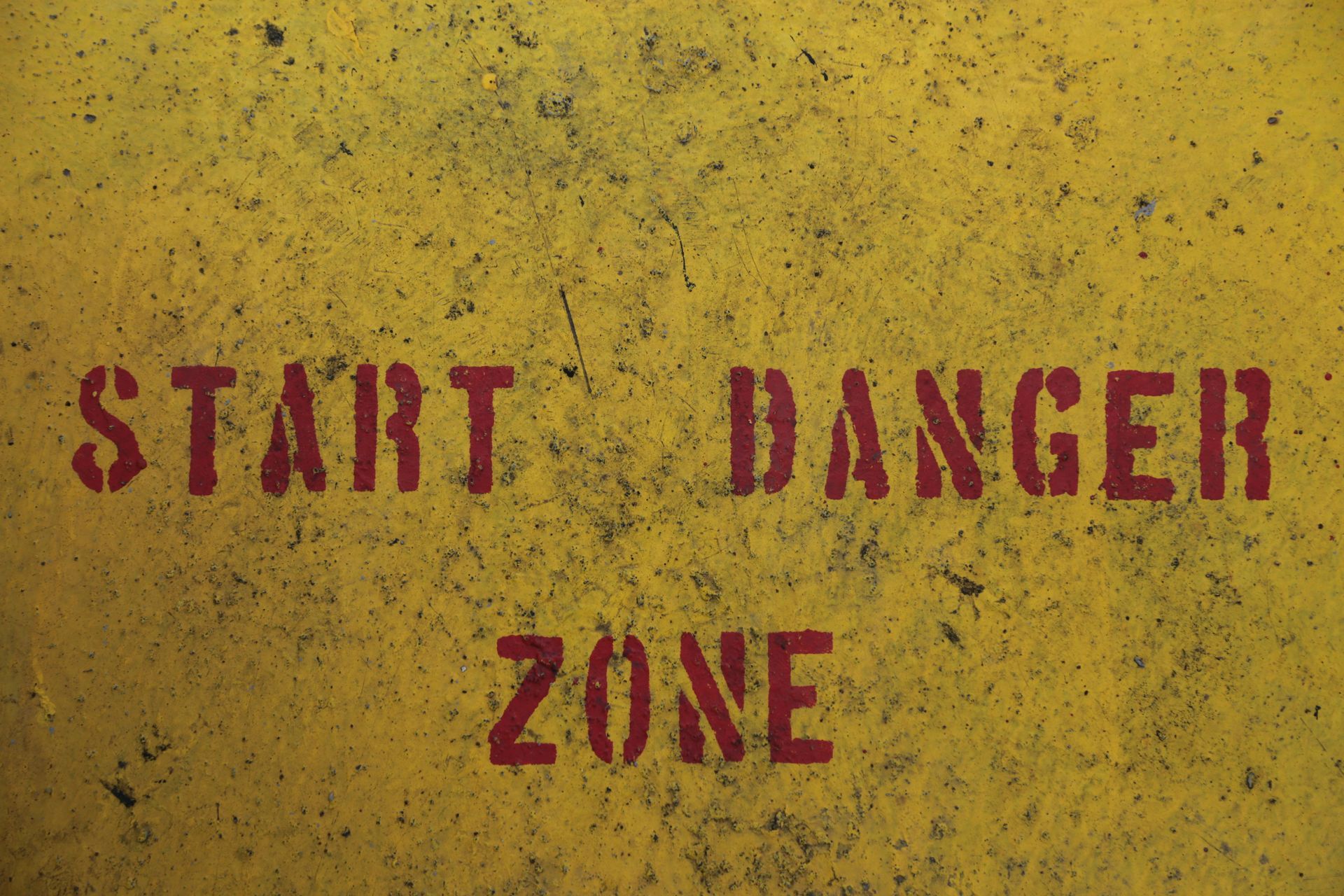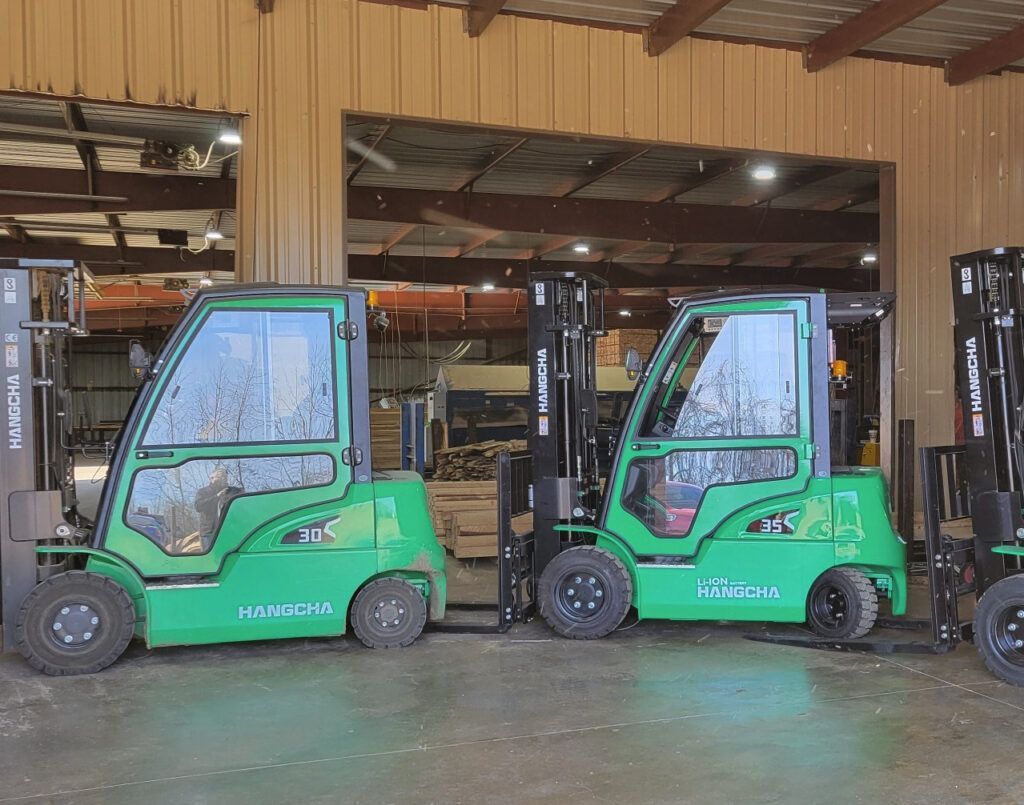Safety and Your Warehouse Shelving
Safety and Your Warehouse Shelving
Safety and Your Warehouse Shelving. You’ve got equipment coming in and out, forklifts going here and there, and employees intermixed among it all. In short, you’ve got plenty to think about when it comes to safety as it is. But among all those moving parts and people, it’s the things that stay in a place that pose one of the biggest risks in your warehouse: your warehousing shelving. If a rack comes down, it could spell disaster. We’ve put together some guidelines to help you avoid such a scenario.
Installation
It starts with installing your warehouse racking properly and regularly inspecting it to make sure everything is as it should be. One of the most overlooked aspects of warehouse racking installation is to anchor the racks to the warehouse floor. Column base plates fastened with concrete anchor bolts will provide much greater stability. Additionally, be careful to follow all manufacturer guidelines regarding alignment and leveling of racks.
Labeling
Exceeding the weight limits of the racking is a surefire way to create a dangerous situation. But it can be difficult for employees to commit maximum load capacities to memory. That’s why OSHA and ANSI recommend outfitting all warehouse racking with a plaque or label that clearly displays information regarding load capacity.
Inspection
Regular inspection will help you spot if anything’s amiss. Stand at the end of the aisle to get a clear view of whether any racks are leaning, sagging, or twisting. Additionally, it’s important that employees are trained to report all minor impacts or damage immediately.
Corner Post Protection
Forklifts pose the biggest threat to warehouse shelving. Most often, it is the corner posts of the shelving that get hit by forklifts. Installing guardrails and protective bollards will help keep these corner posts safe. Making the guards brightly colored will help forklift operators better avoid them.
Proper Warehouse Layout and Forklift Training
There are other steps you can take to help your forklift operators avoid your warehouse racks. The first is to leave sufficient space between racks for forklifts to maneuver. Keeping aisles clear also helps forklifts stay on course and away from warehouse racks. OSHA-mandated forklift operator training will also provide your operators with the know-how to properly navigate the aisles. Lastly, it’s important for training to cover proper loading techniques. Placing pallets squarely on the rack will help prevent uneven loads, which can compromise rack integrity.
Replace Racks When Needed
Many businesses think about warehouse racking once: when they’re setting up their warehouse—twice if they expand their warehouse. But warehouse racking is not once and done. If there’s a rack that’s beaten, battered, or damaged, it’s imperative that it be taken down and replaced. This, of course, can be a laborious process, and that’s on top of the cost of purchasing new warehouse racking. But it’s far easier to unload the damaged racks, replace them, and reload them that it is to clean up the aftermath of a collapsed rack.
To learn more about warehouse racking , or to purchase shelving for your business, contact Benco Industrial Equipment in St. Charles, MO at 636-486-1693 or 888-946-8236.
The post Safety and Your Warehouse Shelving appeared first on Benco Industrial Equipment.




